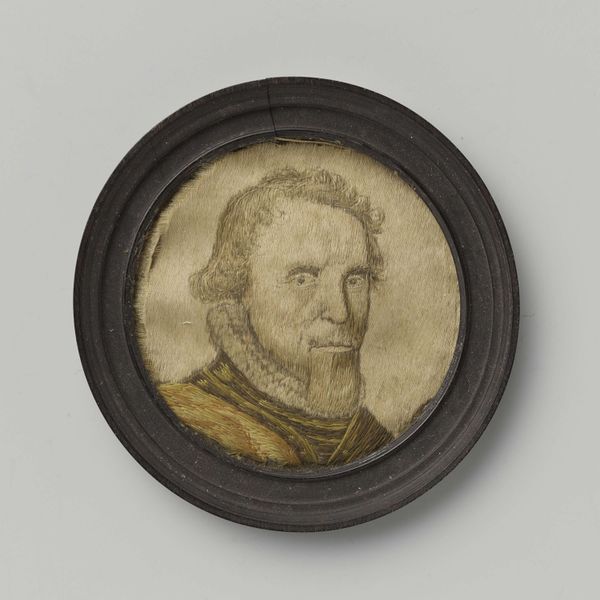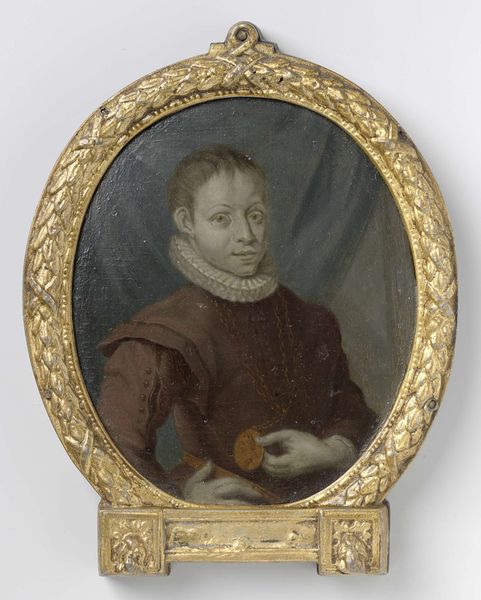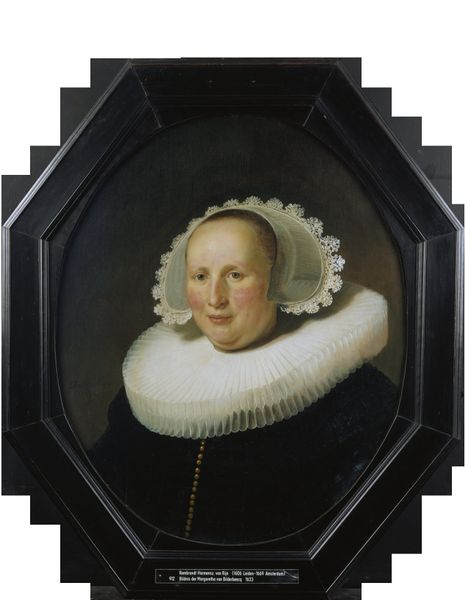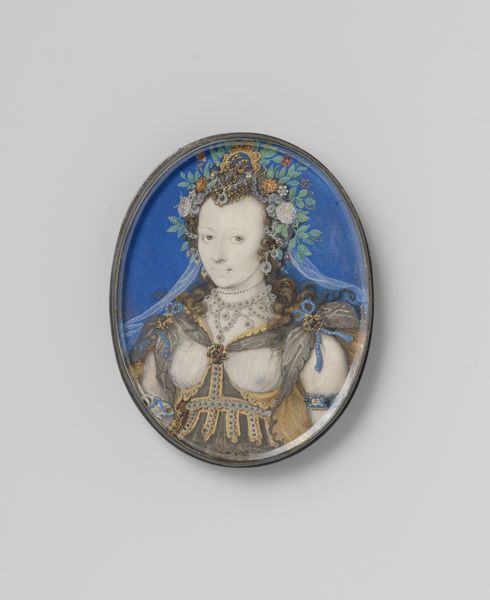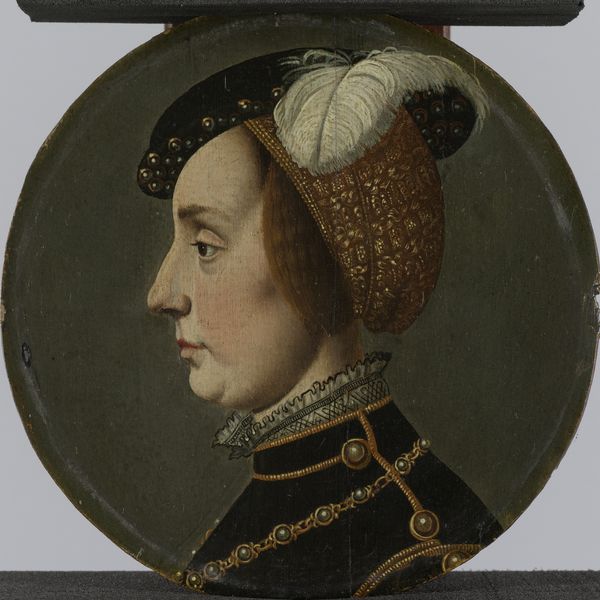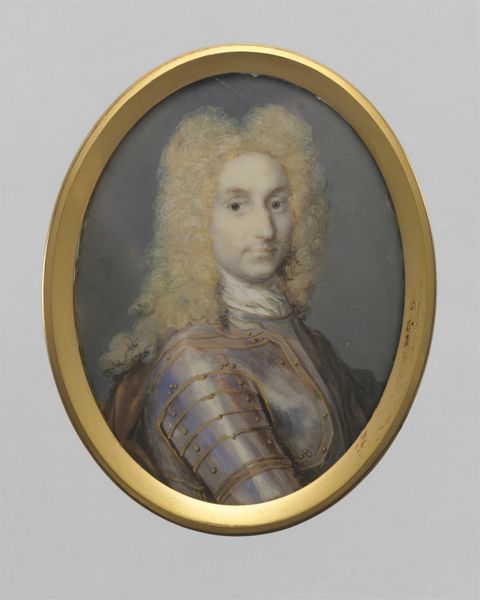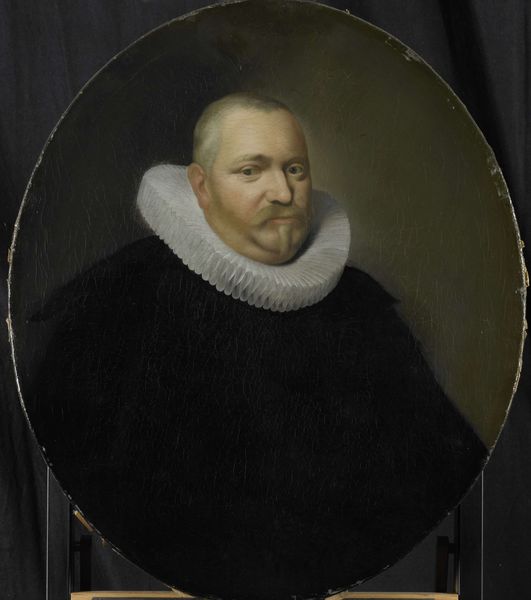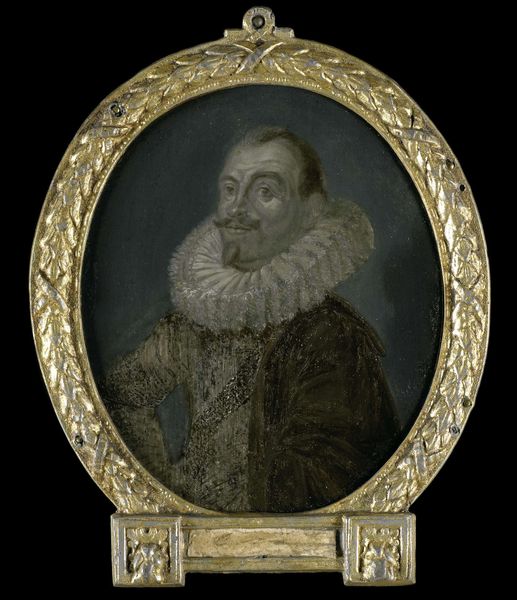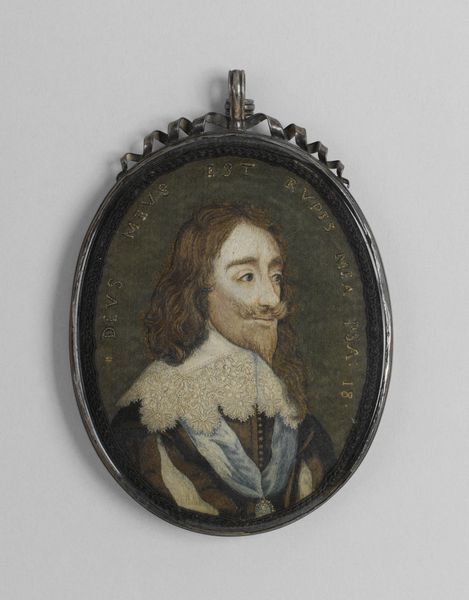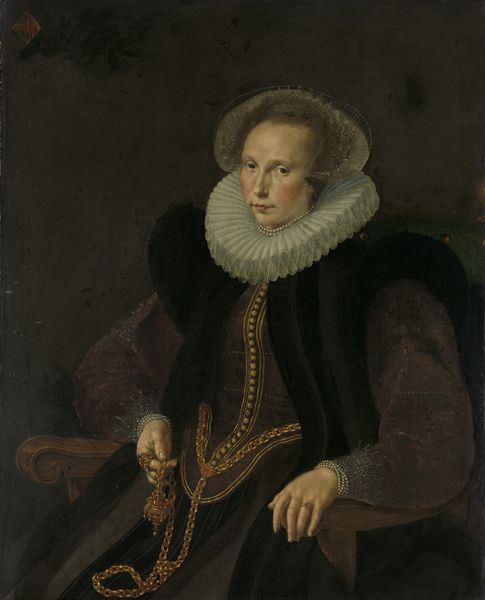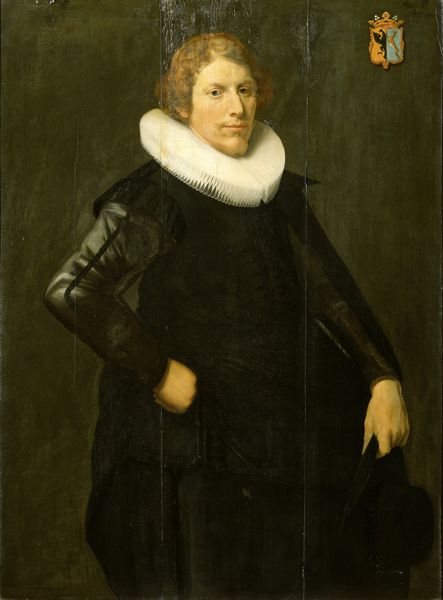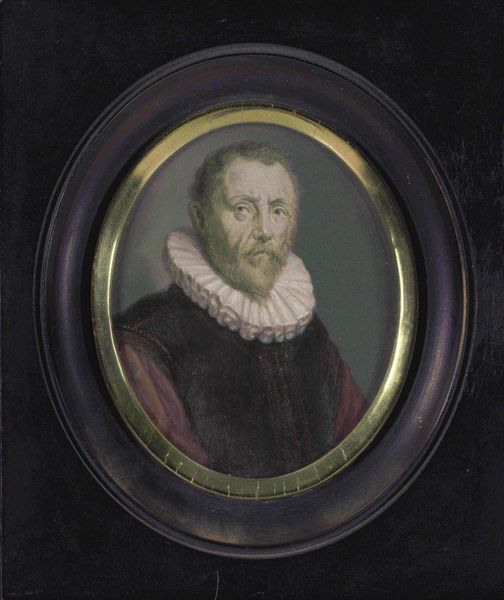
relief, sculpture
#
portrait
#
relief
#
caricature
#
mannerism
#
sculpture
Copyright: Rijks Museum: Open Domain
Curator: Take a moment to observe this remarkable relief sculpture, titled "Portrait medallion of an unknown man." Created around 1575 to 1580, the artist is believed to be Johan Gregor van der Schardt, working during the Mannerist period. Editor: My immediate reaction is that this feels quite… theatrical. The crisp ruff collar and the sculpted curls give a sense of deliberate presentation. Is it just me, or does it almost verge on caricature? Curator: I see what you mean. The Mannerist style was all about exaggeration and artifice. Details like the elaborate beard and defined brow certainly play into that. Medallions like these were often made to commemorate or aggrandize individuals, but what I find interesting is the anonymity. It suggests perhaps this was more of a type than a specific person. Editor: That reading opens it up. Who were the historical and social circumstances influencing the commissioning of this "type?" What sort of ideal or social position did this figure represent, if not a specific portrait? I wonder how he would have been received at the time, and what that reception can tell us about the period's values. Curator: Portraits like this conveyed specific social messages, which leads to questions of power and how those in power wanted to be seen. The visual symbolism is also important—a man depicted in profile carries echoes of classical authority, connecting back to a golden age. But by not revealing his direct gaze, does he perhaps also appear detached? Editor: The decision to render him in relief enhances the feeling of permanence, doesn't it? The way he seems to emerge from the background almost echoes the ambition to emerge from historical obscurity. The very act of immortalizing himself in such a way tells of privilege and the cultural conditions to wield that privilege. Curator: It really showcases how portraits, even of "unknowns," can act as time capsules of prevailing social ideologies, don’t you agree? Editor: Absolutely. Examining this “unknown man,” especially through an intersectional lens, raises important questions about visibility and power within the artistic context of the era.
Comments
rijksmuseum about 2 years ago
⋮
Although Van der Schardt entered into the service of Emperor Maximilian II in Nuremberg, he still worked for other patrons. Prominent citizens were eager to have him portray them. Such likenesses could take the form of three-dimensional busts or low reliefs of the face in profile. The choice was usually based on financial considerations; a relief was less expensive.
Join the conversation
Join millions of artists and users on Artera today and experience the ultimate creative platform.
